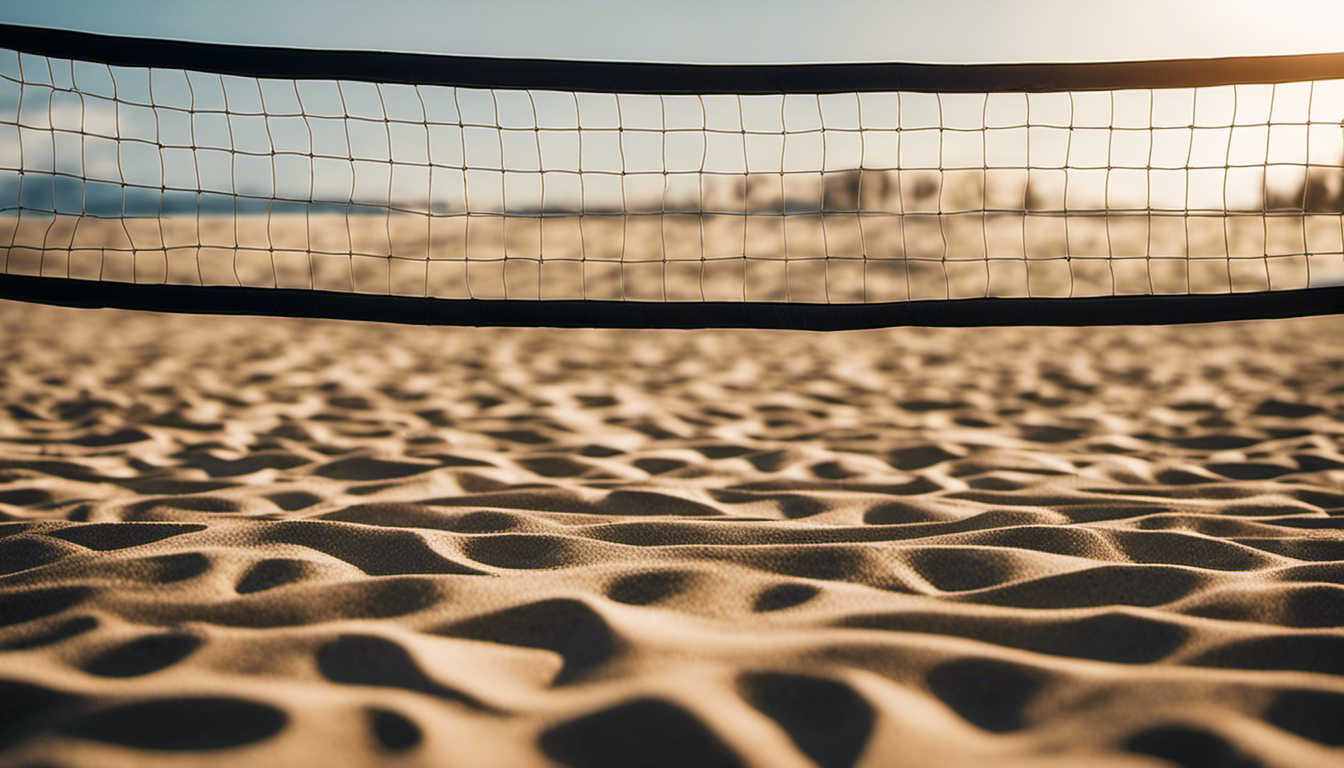I’ve always been fascinated by the different playing surfaces in volleyball. From sand to hardwood, each surface offers a unique experience for players and fans alike.
In this article, we’ll explore the evolution of volleyball playing surfaces, starting with the birthplace of beach volleyball on sandy courts. We’ll also delve into natural alternatives like grass courts, as well as the rise of indoor volleyball on turf and artificial surfaces.
Ultimately, we’ll discover why hardwood floors have become the standard for competitive volleyball.
Key Takeaways
- Technology has shaped volleyball playing surfaces, with advancements in synthetic materials like rubber and polyurethane enhancing performance.
- Beach volleyball originated on sandy courts, requiring specialized techniques for playing on sand, quick and agile footwork, and precise ball control.
- Grass courts provide a natural alternative to sand, offering excellent traction and more stability compared to sand.
- Turf and artificial surfaces are gaining popularity for indoor volleyball due to their consistent playing conditions, durability, low maintenance requirements, and versatility in customization.
The Evolution of Volleyball Playing Surfaces
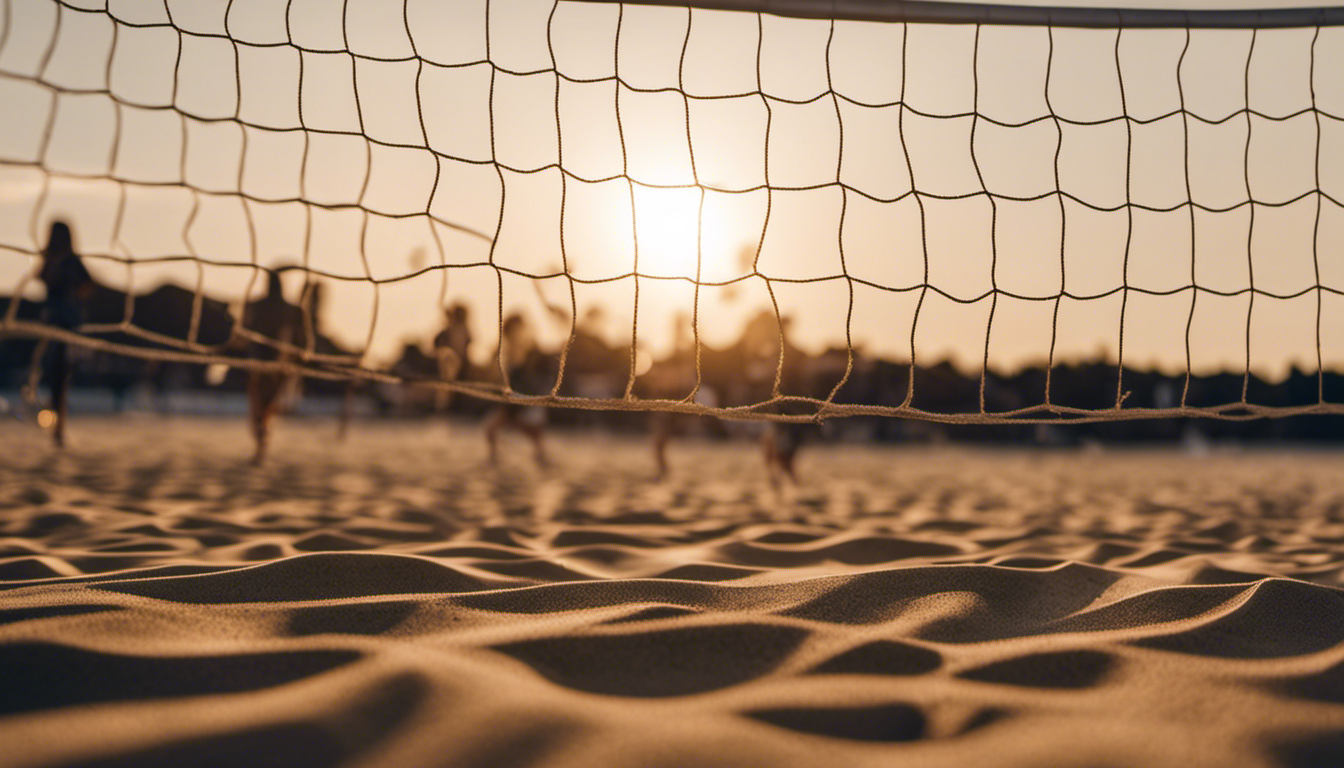
The evolution of volleyball playing surfaces has greatly influenced the game’s speed and style of play. Over the years, technology has played a significant role in shaping these surfaces to enhance performance and player safety.
The impact of technology on volleyball playing surfaces can be seen in the introduction of synthetic materials like rubber and polyurethane, which provide better grip and shock absorption. These advancements have allowed players to move more quickly across the court, resulting in faster-paced games and more dynamic plays.
Moreover, environmental considerations have also shaped the development of volleyball playing surfaces. With sustainability becoming increasingly important, there is a growing emphasis on using eco-friendly materials that minimize environmental impact. For instance, some manufacturers now offer recycled rubber flooring options for indoor volleyball courts.
Sand Courts: The Birthplace of Beach Volleyball

You’ll find that beach volleyball was born on the sandy courts where it all began. The evolution of this sport has taken it from the beaches to indoor hardwood courts, but its roots remain firmly planted in the sand.
Beach volleyball tournaments have become a spectacle, attracting athletes and fans from all over the world. To excel in this unique form of volleyball, players must master specialized techniques that are tailored for the sand.
Here are some key aspects to consider when playing beach volleyball:
-
Footwork: The soft and shifting sand requires players to have quick and agile footwork to maintain stability and balance.
-
Ball control: With the unpredictability of the sand, precise ball control is crucial for successful plays.
-
Communication: Effective communication between teammates is essential due to the larger court size and longer rallies.
-
Strategy: Understanding how to strategically place shots in order to exploit opponents’ weaknesses becomes even more important.
Grass Courts: A Natural Alternative to Sand
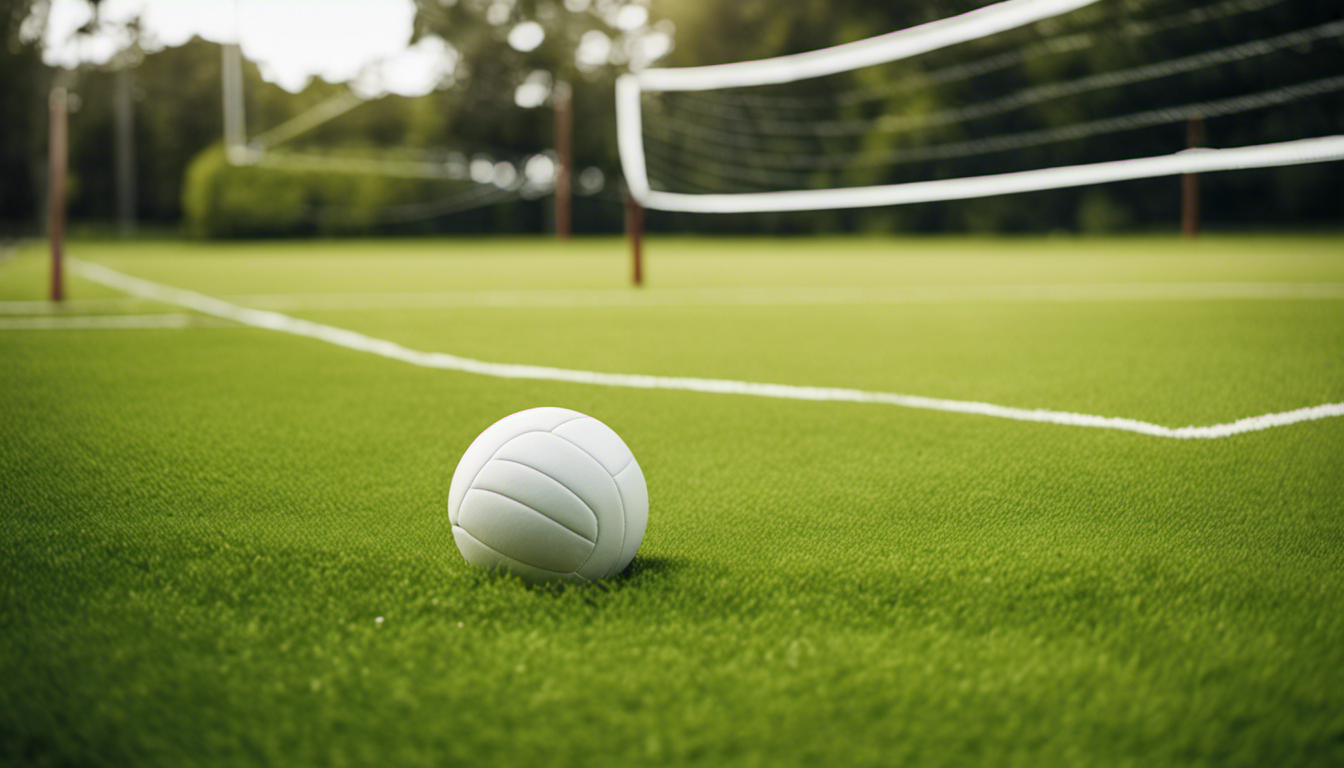
Get ready to experience the natural beauty and unique challenges of playing beach volleyball on grass courts. Grass courts offer a refreshing alternative to sand, with their lush green surface providing excellent traction and a different feel underfoot. Besides the aesthetic appeal, there are several benefits of playing on grass courts. Firstly, they provide more stability compared to sand, allowing players to move quickly and make precise movements. Secondly, grass courts offer consistent ball bounce and less unpredictable movement than sand. Lastly, maintaining grass courts requires regular mowing and watering to keep them in top condition, ensuring an optimal playing surface for athletes. So grab your gear and head out onto the grass court for an exciting game of beach volleyball!
| Benefits | Maintenance |
|---|---|
| Stability | Regular mowing |
| Consistent ball bounce | Watering |
| Less unpredictable movement |
Turf and Artificial Surfaces: The Rise of Indoor Volleyball
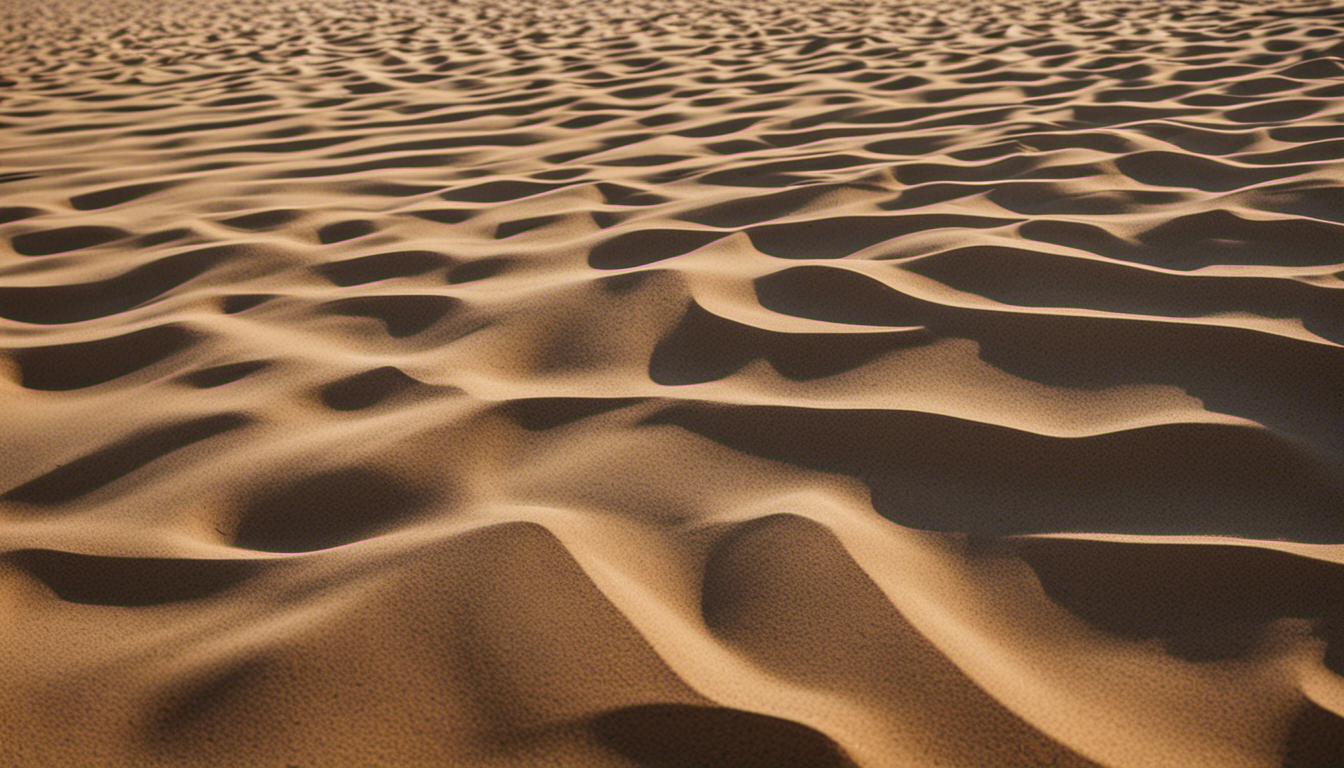
Turf and artificial surfaces are becoming increasingly popular for indoor volleyball due to their low maintenance requirements and consistent playing conditions. These surfaces offer several advantages for both players and facility owners:
-
Consistency: Turf and artificial surfaces provide a uniform playing surface, ensuring that the ball bounces predictably and consistently throughout the game.
-
Durability: Unlike traditional hardwood floors, turf and artificial surfaces are designed to withstand heavy usage without showing signs of wear and tear. This makes them ideal for high-intensity training sessions and competitive matches.
-
Easy maintenance: One of the biggest benefits of these surfaces is their low maintenance requirements. They don’t require regular sanding or refinishing like hardwood courts, saving time and money in the long run.
-
Versatility: Turf and artificial surfaces can be customized to meet specific facility needs. They can be installed in various colors, patterns, or logos, adding a unique touch to any indoor volleyball court.
While there are some drawbacks, such as potential injuries caused by harder impacts on these surfaces compared to softer ones like sand or grass, turf and artificial surfaces continue to gain popularity due to their practicality and ease of use.
Hardwood Floors: The Standard for Competitive Volleyball
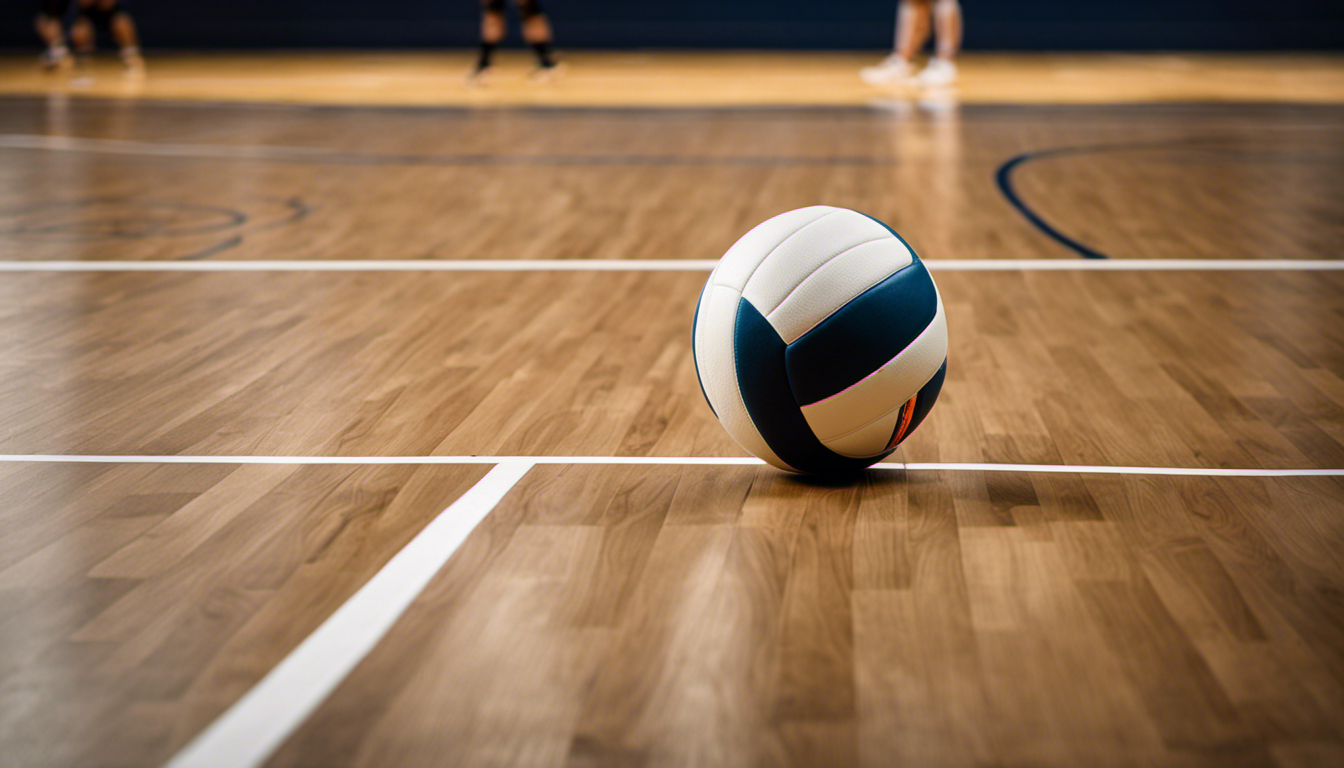
When it comes to competitive volleyball, hardwood floors are considered the gold standard due to their excellent playing characteristics and long-standing tradition. Hardwood floors offer numerous benefits that enhance the game and provide a superior playing experience.
Firstly, they provide exceptional traction, allowing players to make quick movements without slipping or getting injured. The smooth surface also ensures consistent ball bounce and predictable movement, enabling players to anticipate and react effectively.
Additionally, hardwood floors absorb impact well, reducing strain on players’ joints and muscles during high-intensity jumps and dives. In terms of maintenance, regular cleaning with a dry mop or vacuum is sufficient to keep the floor in good condition. Periodically refinishing the surface helps maintain its quality and durability over time.
Overall, hardwood floors are essential for competitive volleyball due to their performance-enhancing qualities and relatively low maintenance requirements.
Frequently Asked Questions
What Are the Dimensions of a Standard Volleyball Court?
The dimensions of a standard volleyball court are 18 meters long by 9 meters wide. The court is divided into two equal halves by a net and includes boundary lines, poles, and a center line.
How Is the Level of Sand Maintained in Beach Volleyball Courts?
To maintain the level of sand in beach volleyball courts, maintenance techniques such as raking and regularly adding new sand are crucial. Sand quality is also important to ensure a consistent playing surface.
Are There Any Environmental Concerns Associated With Grass Courts?
There are environmental concerns associated with grass courts in volleyball. The maintenance and irrigation of grass can consume a lot of water, and the use of pesticides and fertilizers can have negative impacts on ecosystems. Sustainable alternatives should be considered.
What Type of Artificial Turf Is Commonly Used in Indoor Volleyball?
The commonly used artificial turf in indoor volleyball is made from synthetic materials. It offers benefits like consistent ball bounce and reduced player fatigue. However, it requires regular maintenance and may be more expensive compared to other playing surfaces.
How Often Should Hardwood Floors in a Volleyball Court Be Refinished?
Hardwood floors in a volleyball court should be refinished every 1-3 years, depending on usage. Regular maintenance includes sanding, sealing, and recoating to ensure optimal performance. Sand volleyball courts require regular raking and leveling for proper upkeep.
Conclusion
In conclusion, the evolution of volleyball playing surfaces has come a long way.
From the sandy beaches where beach volleyball was born, to the natural grass courts that provided an alternative option, and then the introduction of turf and artificial surfaces for indoor play.
Finally, we have arrived at hardwood floors, which have become the standard for competitive volleyball.
These surfaces not only offer stability and consistency but also enhance player performance.
So whether you’re playing on sand or hardwood, make sure to give it your all and enjoy the game!
